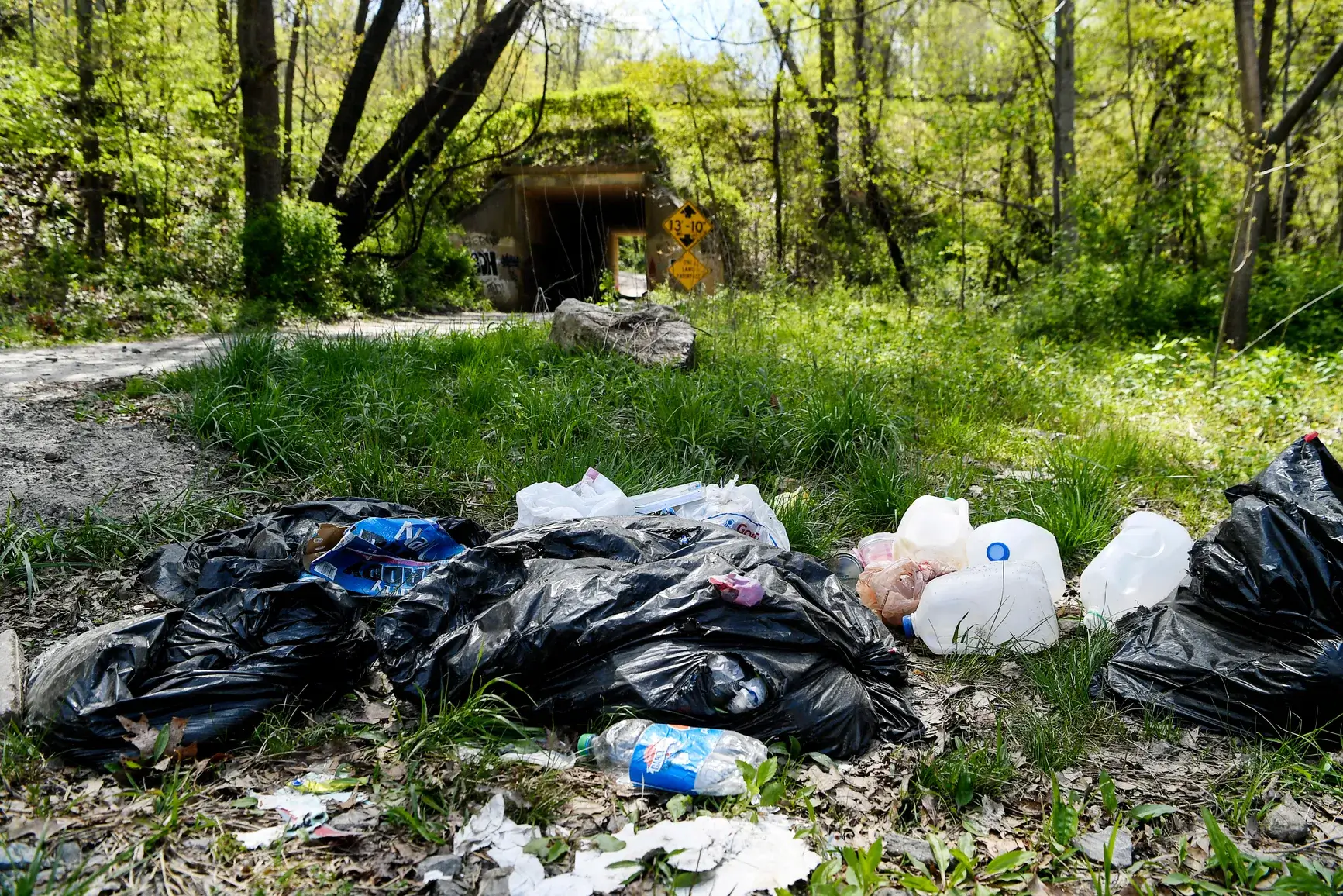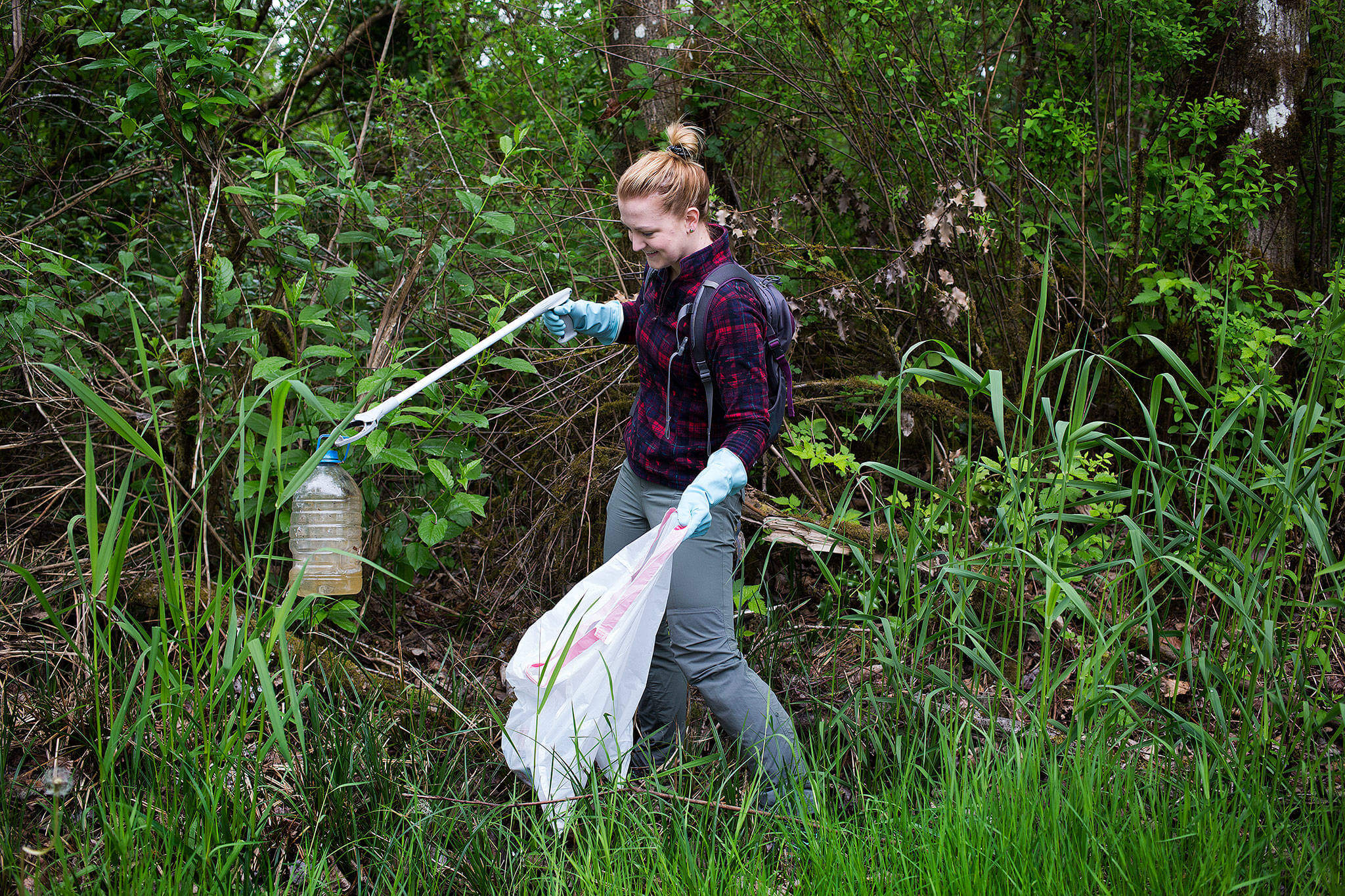🗑️ Module 2: Pack It In, Pack It Out
How to Leave Every Trail Cleaner Than You Found It
If you only remember one principle from this entire course, let it be this:
👉 Whatever you bring into the woods, you bring back out.
This module is all about the most visible and most fixable issue in off-roading today—trash. Whether it’s a soda can tossed from a window, a broken strap left at a campsite, or apple cores “because they’ll decompose,” the reality is simple: it doesn’t belong there.
🚯 Why Trash is a Big Deal in Off-Roading
When land managers and forest service staff evaluate whether to keep trails open, trash is one of the first things they look at.
Trash signals neglect. It suggests the area isn’t being respected or monitored.
Trash attracts more trash. Once someone sees a pile, they figure “what’s one more bottle?”
Trash harms wildlife. Animals eat wrappers, step in sharp objects, and sometimes die from human waste.
Trash ruins the experience. You’re out here to enjoy the mountains and forests—not to wheel through a pile of garbage.
The frustrating part? This problem is 100% preventable.

🚯 Things to Consider
This phrase means everything—and we do mean everything—you bring with you into nature, should leave with you, too. Let’s break that down:
🥤 Food & Drink Waste
Bottles, cans, wrappers, snack bags, and leftover food.
Yes, even things like orange peels, sunflower seeds, and crusts. These don’t belong in the woods—even if they’ll “eventually break down.”
Tip: Always keep a small trash bag or old grocery sack in your rig’s console or door pocket.
🔧 Broken Gear
Tow straps, bungee cords, zip ties, and broken recovery boards.
If it’s damaged beyond use, don’t abandon it—dispose of it properly when you get home.
🧻 Bathroom Waste
Human waste is a tricky subject, but it’s a real one.
If no restroom is available, use a wag bag or portable toilet setup.
If going old-school, bury your waste 6–8 inches deep, at least 200 feet from water, trails, or campsites.
Pack out toilet paper. Yes, all of it. No one wants to find used TP behind a tree.
🧹 Micro-Trash
Cigarette butts, bottle caps, twist ties, zip tie ends, small pieces of plastic or paper.
These add up quickly and often get missed—but not by wildlife or fellow off-roaders.
🛠️ Building a Trail-Ready Trash Kit
Packing out trash is easier when you’re prepared. Here’s how to set your rig up for success:
Must-Have Items:
Dedicated Trash Bag – Use heavy-duty contractor bags or off-road specific trash solutions like a spare tire-mounted trasharoo.
Gloves – For dirty pickups or sharp debris.
Mini Rake or Grabber – Great for campsite cleanups.
Small Container for Micro-Trash – An old plastic tub or zippered pouch works great.
Pro Tip: Keep a “community bag” handy. When you stop at a scenic overlook or campsite, take a minute to collect any trash you find—not just your own.

🙋 But What If It’s Not My Trash?
Good question—and a common one. The answer is simple:
Pick it up anyway.
You’re not just helping the environment—you’re leading by example. Every piece you remove sends a message to other users (and land managers) that off-roaders take care of their trails.
It also makes your experience better. Clean trails are more enjoyable, and you’ll gain the respect of everyone who sees you doing the right thing.
📸 Make It a Movement
Want to inspire others? Share your cleanup efforts online using hashtags like #LeaveNoTraceBehind or tag @vaoffroad on Instagram and Facebook.
Highlighting your stewardship helps set a new tone in the off-road community and encourages others to follow suit.
✅ Key Takeaway: Your Trash is Your Responsibility
Bringing food, gear, or passengers into the woods? Great. Just be sure to bring all of it—and all evidence of it—back out with you.
Because nothing ruins a trail quicker than someone treating it like a landfill. And nothing earns more respect than someone who quietly hauls out what others left behind.
📌 Up Next: In Module 3, we’ll talk about trail discipline—staying on the trail and why avoiding shortcuts, off-trail lines, and “making your own path” is essential to keeping our land open and wild.

